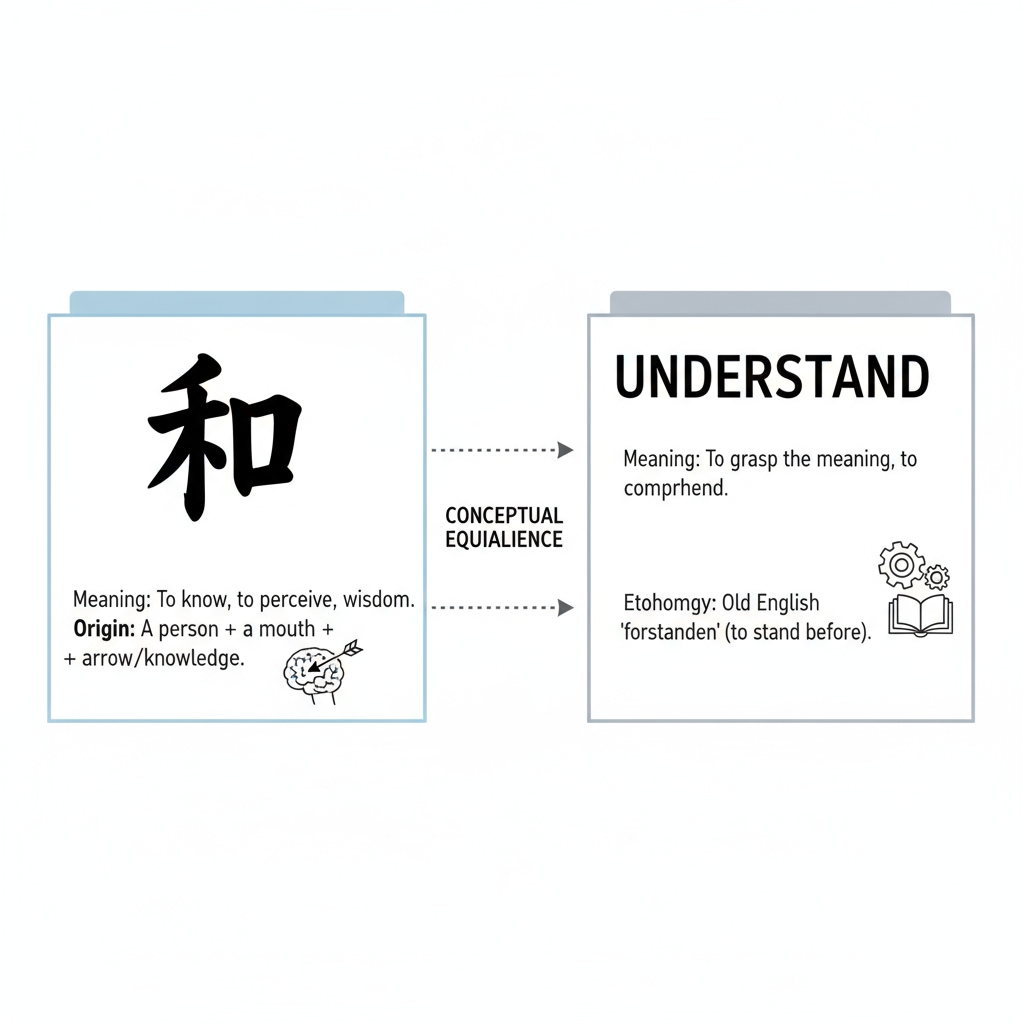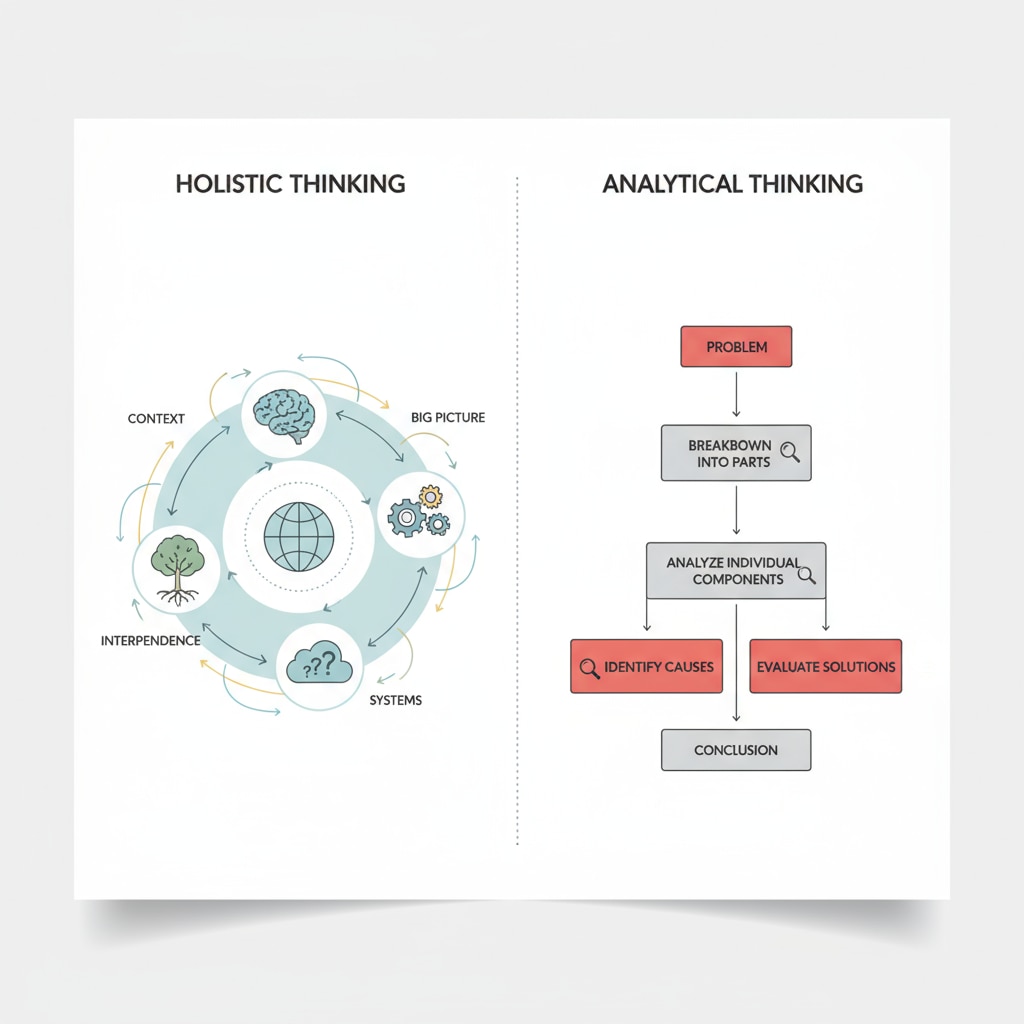The concepts of “知” in Chinese and “understand” in English, along with their associated language differences and cultural thinking, play a significant role in shaping educational approaches, especially in K12 education. Language is not merely a tool for communication but also a reflection of a culture’s values and ways of thinking. By examining these differences, we can gain valuable insights into how students learn and how educators can better design teaching strategies.
Language and Cultural Meanings of “知” and “Understand”
The Chinese character “知” encompasses a broad range of meanings. It can simply refer to having knowledge or information, like knowing a fact or a piece of data. However, it also implies a certain level of awareness and recognition. For example, in ancient Chinese philosophy, “知” was closely related to self-awareness and understanding of the world around. As Confucianism emphasized, “知之为知之,不知为不知,是知也”, which highlights the importance of being honest about one’s knowledge. On the other hand, “understand” in English has a more in-depth connotation of comprehending the meaning, significance, and relationships within a concept. It involves making sense of complex ideas and being able to explain them in one’s own words.

Impact on Thinking Patterns
The different meanings of “知” and “understand” are closely tied to the distinct thinking patterns in Chinese and Western cultures. In Chinese culture, the concept of “知” often encourages a holistic view. People are taught to see the big picture and understand the relationships between various elements. This holistic thinking can be traced back to traditional Chinese thoughts such as Taoism. In contrast, Western thinking, influenced by the concept of “understand”, tends to be more analytical. Westerners break down complex problems into smaller components to understand them better. For instance, in scientific research, Western methods often involve detailed experiments and analysis of individual variables, as described on Britannica.

These thinking patterns have a direct impact on K12 education. In Chinese classrooms, teachers may focus on presenting knowledge in a comprehensive manner, encouraging students to connect different ideas. In Western classrooms, educators often emphasize critical thinking and the ability to analyze problems independently. However, it’s important to note that both approaches have their merits, and a balanced combination can be beneficial for students’ development.
Readability guidance: As we’ve seen, the language and cultural differences between “知” and “understand” lead to diverse thinking patterns. These patterns influence K12 education in unique ways. By understanding these differences, educators can design more effective teaching methods that incorporate the best of both worlds.


